
cd_nom
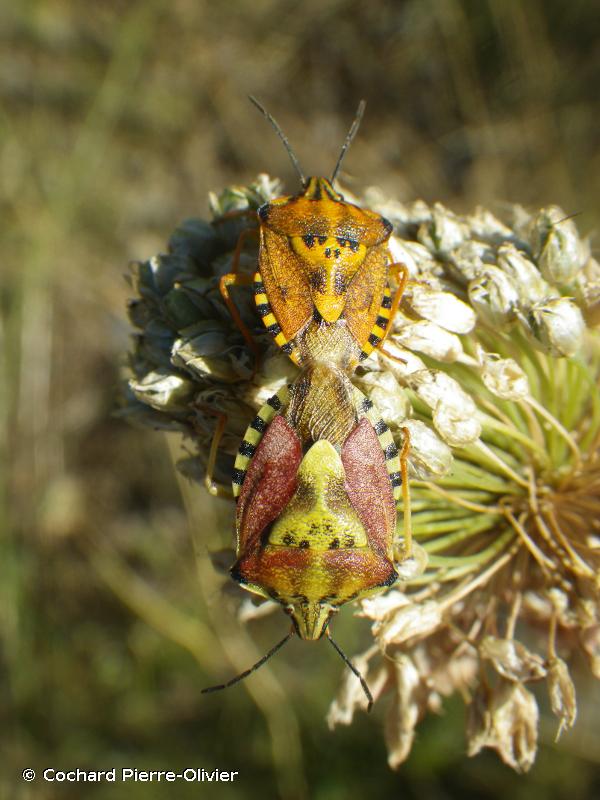
| Author : Cochard Pierre-Olivier |
 |
Any reuse of one or more photographs on this site is subject to an authorization request from the author.
Link to the Code of Intellectual Property (Legifrance)
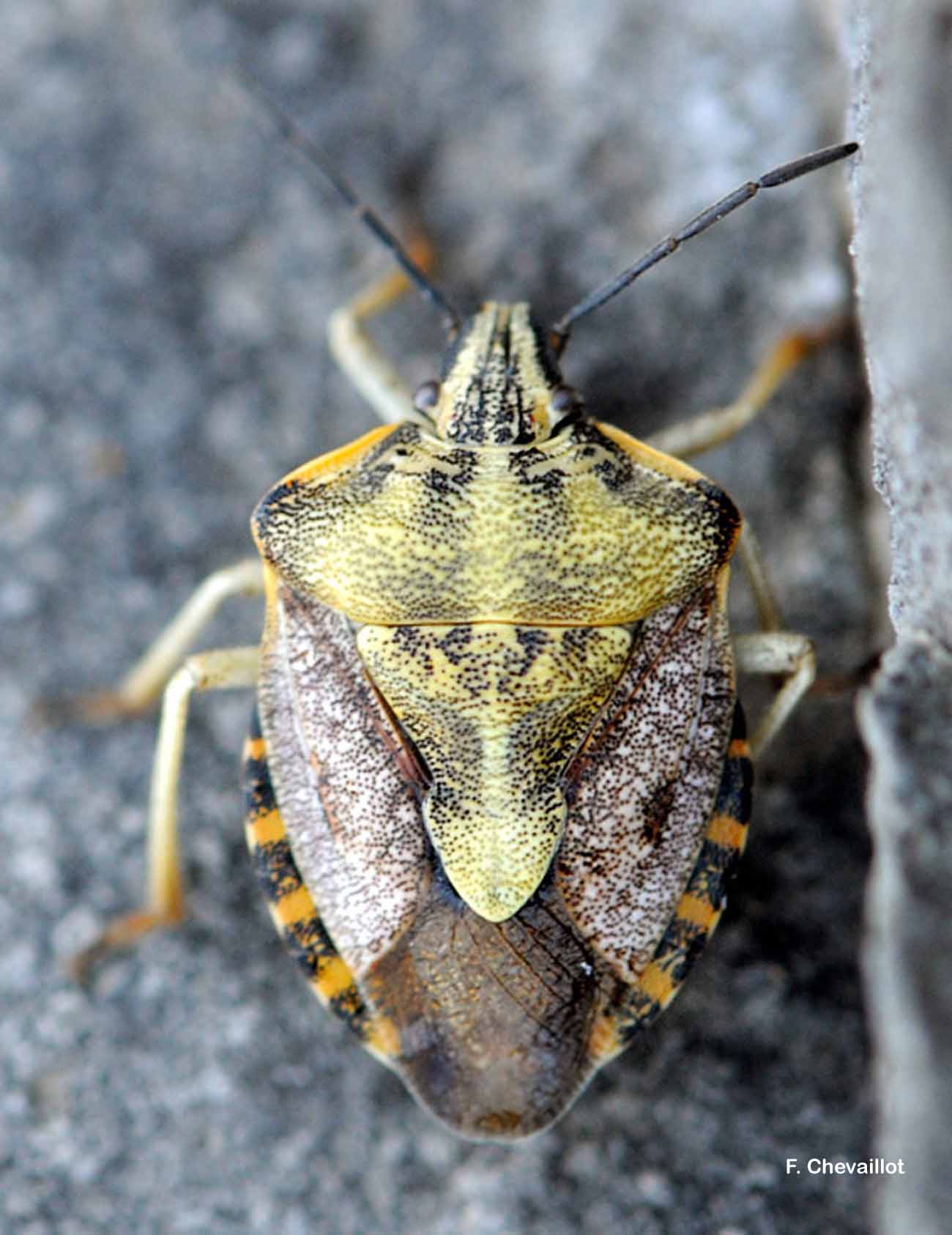
| Author : F. Chevaillot |
 |
To get the picture, please visit:
Fred CHEVAILLOT
Moulin de Castor
La Maynobe
12550 COUPIAC
06 51 19 18 32
09 88 28 31 26
www.insecte.org
email : fred.chevaillot@wanadoo.fr
Any reuse of one or more photographs on this site is subject to an authorization request from the author.
Link to the Code of Intellectual Property (Legifrance)
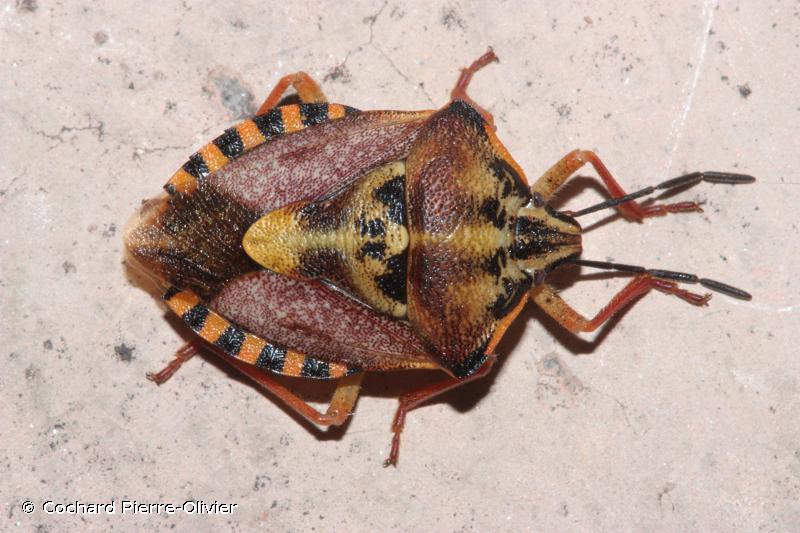
| Author : Cochard Pierre-Olivier |
 |
Any reuse of one or more photographs on this site is subject to an authorization request from the author.
Link to the Code of Intellectual Property (Legifrance)
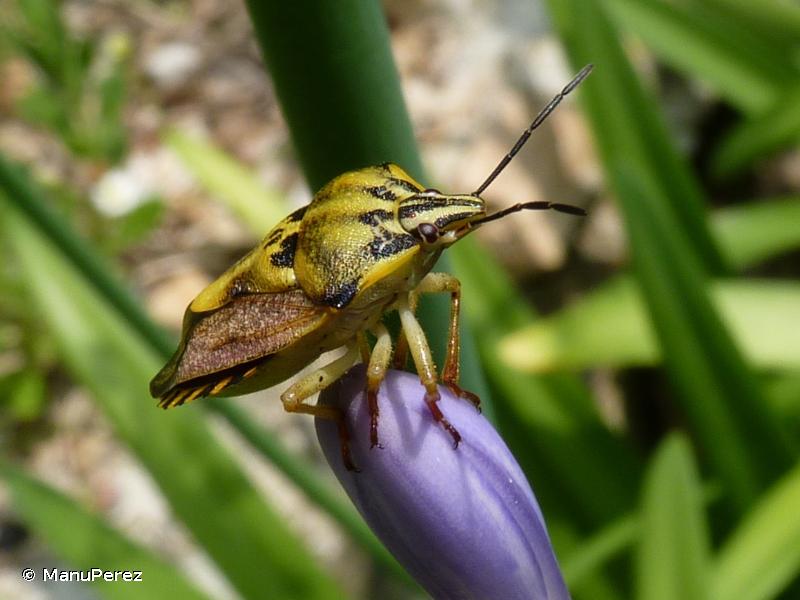
| Author : ManuPerez |
 |
To get the picture, please visit:
ManuPerez
email: inpn@mnhn.fr
Observation partagée via l'application INPN Espèces
Any reuse of one or more photographs on this site is subject to an authorization request from the author.
Link to the Code of Intellectual Property (Legifrance)
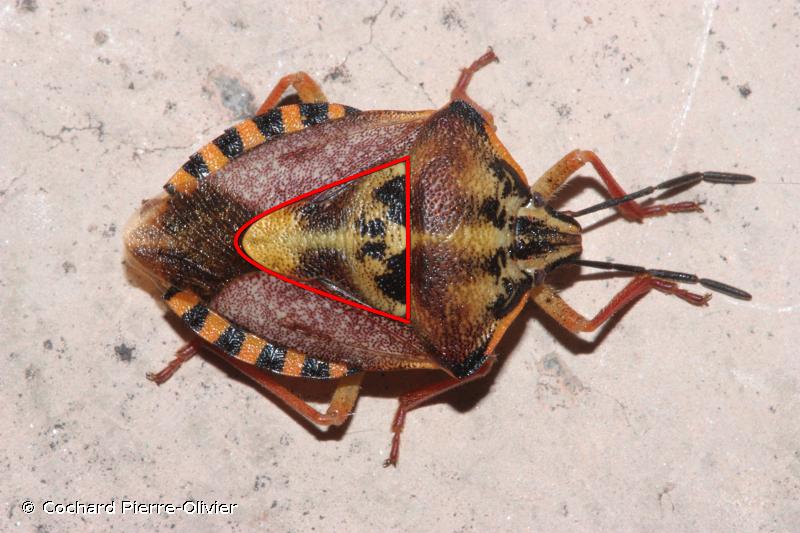
| Author : Cochard Pierre-Olivier |
 |
Despite the Creative Commons license, please inform the author of the use which will be made of his photo
Taille : 10,5 – 14 mm
Diagnose :
Punaise arrondie dont la couleur varie du brunâtre, au rougeâtre à l'orangé. Les angles huméraux de son pronotum sont arrondis et marqués chacun d'une tache noire. Son abdomen est moins large que le pronotum. Ses articles antennaires III sont plus courts que les II et les articles II à V sont noirs. Les bords latéraux du scutellum sont marqués par une échancrure nette et profonde au milieu.
Détermination : Moyennement difficile.
Espèces proches :
Se distingue de Carpocoris purpureipennis par son encoche médiane des bords latéraux du scutellum caractéristique de C. pudicus, ainsi que ses angles huméraux émoussés du pronotum peu saillants.
Période d'observation :
Fin avril à septembre, avec un pic important en juillet.
Biologie-éthologie :
Espèce polyphage qui se nourrit sur de nombreuses familles végétales, dont des Asteracées, des ombellifères et des graminées, appartenant à plus de 35 genres. La distribution de C. pudicus est donc reliée plus aux conditions climatiques qu'à la distribution de ses plantes hôtes.
Biogéographie et écologie :
Espèce répandue en Europe orientale, Caucase et Moyen-Orient. Absente en Grande-Bretagne. Présente uniquement au nord de l'Espagne. Elle atteint 1 600 m d'altitude dans le sud. Dans des milieux ensoleillés, chauds et secs : pelouses et prairies sèches, zones rocailleuses et sablonneuses, garrigues, friches, bords des chemins et des cultures, bois clairs, jardins. Elle est commune en région méditerranéenne sans toutefois vivre sur la ceinture littorale. Au nord du domaine méditerranéen, elle se raréfie, probablement en raison de ses exigences écologiques et climatiques. Dans les localités du sud-ouest et du nord-est, elle devient extrêmement localisée et rare.
Roland Lupoli (),2020
Continental
Metropolitan France
Overseas
Marine
Metropolitan France
Overseas
The map presents a summary at the 10 x 10 km grid of the observation data for the species transmitted to the SINP. These data have been subjected to validation filters.
The map presents a reference distribution layer of the species at the scale of departments and marine sectors. The presence and absence data were established by expertise within a network of partners. This reference distribution is used in the validation process of the SINP data at the INPN level.
Corresponds to a report on the basis of at least one observation proved within a period of 10 years (20 years for little-known invertebrates) preceding the year and no presumption of extinction since obtaining the last data nor doubt on reproductive and implemented nature of this population. For migratory species, the presence indicated concerns areas of reproduction.
This status is based on one or more of the following criteria:
This point covers the absence, more difficult by nature to demonstrate than presence. This status is based on one or more of the following criteria:
This status must be assigned to a department in which the presence of the species is casual.
Particular case of absence due to a proven extinction less than a half century ago (older disappearances are treated as "no probable or definite").
In the state of knowledge, we can not comment on the presence or absence in the current department. This is the default status when not comprised in one of the previous categories or whenever there is doubt.
The map shows the global distribution of the species based on GBIF data (Global Biodiversity Information Facility).
